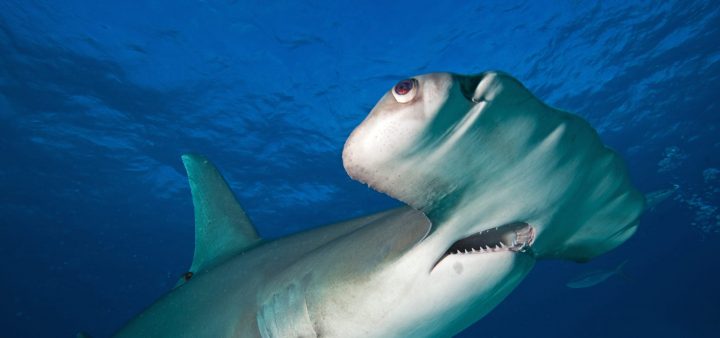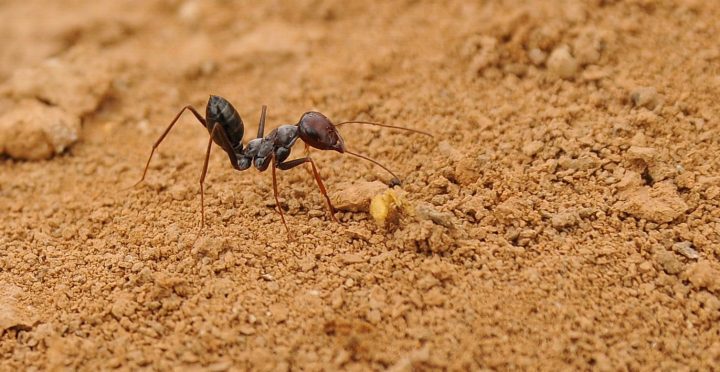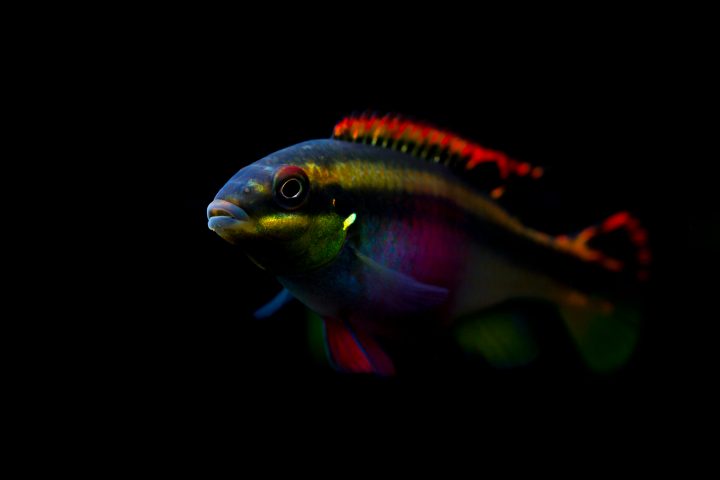Sense Light (Visible Spectrum) From the Environment
Living systems constantly receive signals from their environment that help them survive. Light (in the visible spectrum) can come from other living systems (such as fireflies) or from non-living sources (such as the sun). Survival often depends on sensing and responding to challenges like low light conditions or light that has been altered in some way. Because basic survival is at stake, living systems must excel at meeting those challenges. A well-known phenomenon is how water bends light. A stork trying to catch a fish underwater can compensate for this bending effect so that when it strikes at the fish, it has a good chance of catching it.
Sense Light (Non-visible Spectrum) From the Environment
Living systems interact with each other and with their environments to gain information. Sometimes that information is in the electromagnetic spectrum. Wavelengths in the electromagnetic spectrum are also called the non-visible spectrum, because humans can’t detect them with the naked eye. These include ultraviolet (UV) light, infrared (IR) light, radio waves, and other wavelengths. Detecting within these spectra requires strategies beyond those used for visible light, so many living systems that depend on these signals have specialized organs to do so. For example, beetles that feed on burned trees have sensory organs that detect infrared radiation emitted by fires, enabling them to quickly locate a burned area.
Sense Shape and Pattern in a Living System
Living systems must identify other living systems and objects to navigate, feed, escape predators, find resources, and more. The ability of living systems to “see” varies widely, with “seeing” including not only sight, but other means of sensing shapes or patterns, such as smell or echolocation. For example, a hawk can see much more detail than humans while other organisms can see far less detail. Nevertheless, each living system is capable of detecting shapes and patterns to the extent it needs to for survival. In addition to perceiving physical shapes or patterns, living systems can also sense landscape patterns at various scales. The purple sea urchin, for example, does not have eyes, yet can pick out fine details in its environment by using its entire surface as a compound eye. The urchin’s spines shield light coming from wide angles, further refining its focus.





